A/N:
Ladies and gentlemen, boys and girls, we’re taking back our selection of ephemeris for this year with the cover for our 2023 Calendar representing the birth of the modern circus. Do you remember ‘The Greatest Showman’ –Chris gives her all with this movie–, well; we’re talking about this kind of idea here for today.
On such day as 4th April but during 1768 in London, Easter Monday, Philip Astley, the so-said father of the modern circus, and his wife Patty Astley first presented their spectacular horse-riding feats.
Despite the concept of circus as we know it today has a recent origin, the word ‘circus’ comes from the Latin ‘circle’ referring to Roman amphitheatres and already existed associated with other kinds of acts. Training animals for entertainment, acrobatics, balancing acts and juggling are probably as old as humankind itself. Greeks practised rope-dancing; early African civilizations engaged in siricasi –a combination of folkloric dance and acrobatics–; and the ancient Chinese juggled and performed acrobatic acts for members of the imperial court. Clowns have also existed in nearly every period and civilization, or their equivalents, both as characters in farces and as individual performers.
However, organizing such acts into distinct entertainment is a relatively modern idea. Before that, individuals and small troupes wandered through Europe, Africa and Asia, and showed up in nobles’ halls, community celebrations and marketplaces. The modern circus came into being in England when Philip Astley, a former sergeant major turned trick rider, found that if he galloped in a circle while standing on his horse’s back, centrifugal and centripetal forces helped him to keep his balance. He experimented with the ring to determine its optimum size for both rider safety and audience sight lines, eventually adopting the popular 13-metre diameter that is still used in modern circuses. Astley’s shows consisted only of trick riding exhibitions until 1770 when he hired a clown, musicians and other performers for his show to provide the spectators with diverse entertainment. Because of these innovations, he is credited with having developed the modern circus.
Was in 1770 when he established the first of his amphitheatres. Building on his success, Astley toured across Europe and had particular success in Paris performing for Louis XV at Versailles. Many imitators would follow after him and would eventually shape the concept of circus as we know it, such as the Italian Antonio Franconi, showman and trick rider; in France, a rival horseman and former Astley employee named Charles Hughes, who introduces it in Russia; or the American P. T. Barnum, the man who created the nickname ‘Greatest Show on Earth’ and also gave birth to the age of the giant railroad circuses. And is one of these 19th Century American circuses, those we all know, that concerns us in this Universe of Guzbourine, one of the gloomiest we have, with our boys being a contortionist (Lu Han) and a knife-thrower (Randy), who escaped their native circus troupe as result of being caught in a homosexual relationship, and arrived at the fascinating city of New Orleans, unaware of the mysteries and dangers they’re about to face once their join their new troupe… You already meet them in this Mardi Gras illustration: https://tapas.io/episode/2779567
What do you think about this story, seamen? We really love the contrast between all the colours and joy, but how the circus environment invites us to develop horror stories. Would you like to meet these two but this time in a darker illustration?
Have a nice weekend! 💓

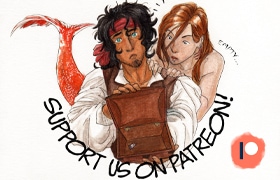
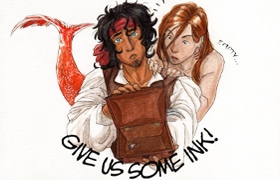
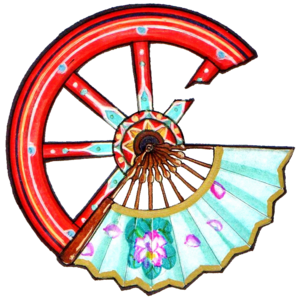
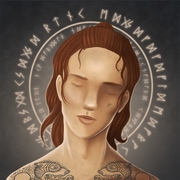
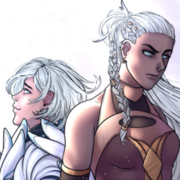

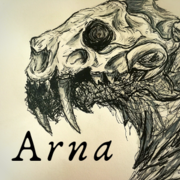
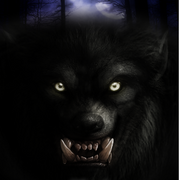
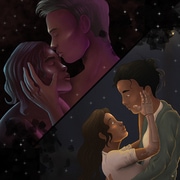

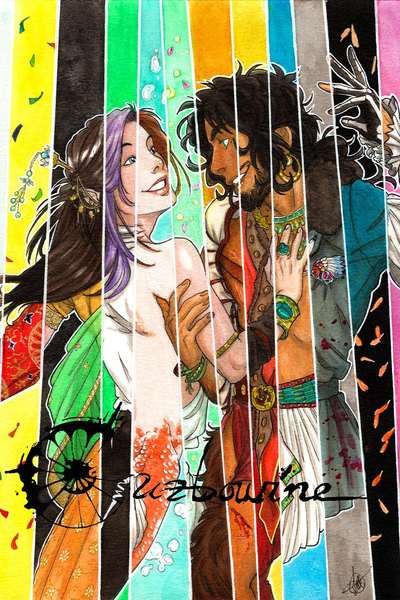
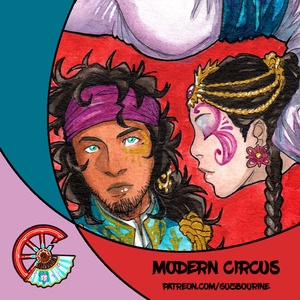
Comments (0)
See all